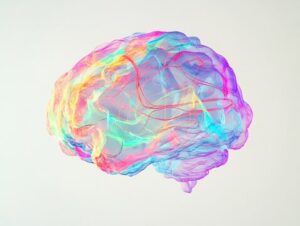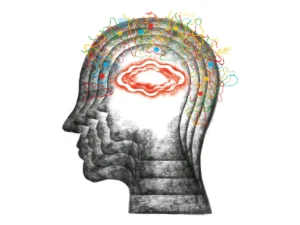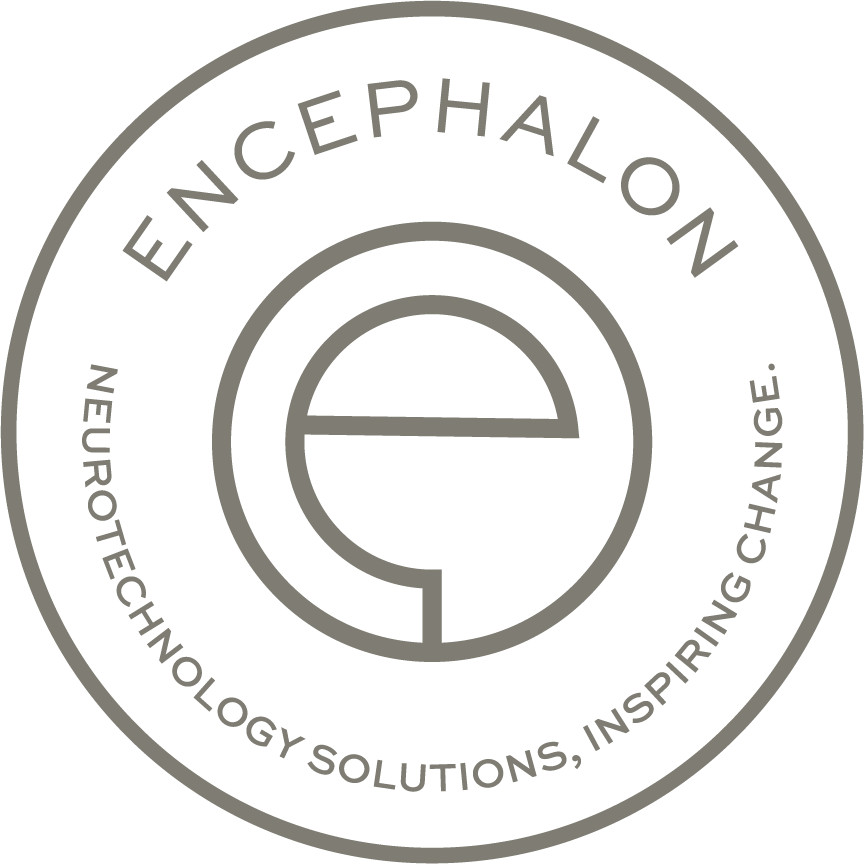Autism Spectrum Disorder (ASD) is not a limitation but a different way of seeing the world. Individuals with ASD often possesses exceptional abilities, whether in problem-solving, creativity or analytical thinking. However, emotional regulation, sensory sensitivities, and cognitive challenges can sometimes make it harder for them to harness their full potential. This is where neurofeedback offers a game-changing solution, empowering individuals with ASD to overcome barriers and excel in life.
Celebrating The Exceptional Brains of ASD
The brains of individuals with ASD are uniquely wired, often displaying heightened focus, innovative thinking, and an unparalleled capacity for attention to detail. Many individuals with ASD are adept at excelling in fields requiring precision, creativity, or out-of-the-box approaches, from technology to the arts. These exceptional strengths are well-documented in research and anecdotal accounts alike.
Yet, alongside these gifts, individuals with ASD may also face challenges. Difficulties with emotional regulation, sensory processing and social interactions can interfere with their ability to achieve their goals. For parents and caregivers, supporting these extraordinary individuals can sometimes feel like a quest to balance fostering strengths while addressing difficulties. Neurofeedback offers a holistic approach, helping the brain regulate itself and creating space for these unique talents to flourish.
The Role of Neurofeedback in Supporting ASD
Neurofeedback, often described as brain training, works by guiding the brain towards more balanced activity. Using real-time monitoring of brainwaves, neurofeedback helps individuals with ASD achieve greater self-regulation. Overtime, this creates improvements in emotional resilience, sensory processing, cognitive function, and sleep.
Infra-Low Frequency (ILF) neurofeedback is particularly effective for individuals with ASD because it targets foundational brainwave patterns tied to the autonomic nervous system This system governs stress responses, emotional regulation, and sensory processing, areas often affected by ASD. By addressing these core functions, neurofeedback enables the brain to build healthier patterns, reducing distressing symptoms and unlocking untapped potential.
How Neurofeedback Transforms Key Brain Areas
Neurofeedback has profound effects on the brain, including areas and networks critical to ASD. The prefrontal cortex, responsible for decision-making, and self-control, often operates different in individuals with ASD, leading to impulsivity or difficulty managing emotions. Neurofeedback strengthens activity and connectivity in this region, promoting focus, adaptability, and emotional
balance.
The default mode network (DMN) associated with introspection and social cognition, can exhibit atypical activity in ASD, contributing to social challenges. Neurofeedback helps to harmonise the DMN, improving the ability to understand social cues, connect with others, and navigate complex interpersonal dynamics.
Additionally, neurofeedback enhances overall connectivity within the brain, ensuring that different regions communicate effectively. This integration supports sensory processing, reducing repetitive behaviours, and fostering more adaptive responses to stress.
A Look at Scientific Evidence
Scientific studies affirm neurofeedback’s potential as a transformative tool for ASD. Research published in the Journal of Neurodevelopmental Disorders found that neurofeedback improved emotional regulation, reduced anxiety, and enhanced executive functioning in children with ASD. These changes enabled participants to better manage daily challenges and engage more positively with their environments.
Another study focused on the default mode network highlighted significant improvements in social communication and reductions in repetitive behaviours following neurofeedback sessions. These findings suggest that neurofeedback directly addresses some of the most challenging aspects of ASD. Notably, the effects of neurofeedback are often long-lasting, with benefits persisting months after treatment. This durability reflects the therapy’s ability to promote lasting neuroplasticity, making it an invaluable resource for families seeking sustainable solutions.
Empowering Individuals and Families
For individuals with ASD, neurofeedback represents more than a symptom management; it is a means of achieving their personal best. Whether the goal is to feel more confident in social situations, excel academically, or find calm amidst sensory chaos, neurofeedback provides the tools to thrive. Parents also play a central role in this journey. Many caregivers of children with ASD report feelings of frustration, worry, and helplessness as they navigate the complexities of their child’s needs.
Neurofeedback offers not only tangible improvements in behaviour and emotional well-being but also hope and empowerment for families. With the support of specialist therapy in Edinburgh or similar settings, parents can find relief knowing they are providing their child with proven, effective interventions.
Real-Life Transformations
Imagine a young adolescent with ASD who struggles with overwhelming anxiety and difficulty focusing at school. Traditional therapies and strategies have brought some improvement, but their potential remains hidden behind these challenges. Through neurofeedback, this child learns to regulate their brain’s activity, gradually reducing anxiety and enhancing focus.
Naturally, with the reduction of anxiety and sensory hypersensitivity, overtime they experience improved social interactions, greater academic success, and a newfound sense of confidence. Their parents notice a calmer, more resilient child, and their family life becomes more harmonious. These stories are not uncommon; neurofeedback has repeatedly proven its ability to transform lives by tapping into the brain’s natural ability to change and heal.
The Future of Neurofeedback
As awareness of neurofeedback’s benefits grow, it is becoming a cornerstone of professional therapy for young people. Its non-invasive nature and long-lasting results make it particularly appealing for families seeking sustainable interventions. Moreover, advancements in technology contribute to expand access to neurofeedback, ensuring that more individuals can benefit from its transformative potential.
It is important to note, however, that neurofeedback does not aim to change the core identity of individuals with ASD, but rather to help them harness their strengths and navigate their world with greater ease. By reducing distressing symptoms and enhancing self-regulation, neurofeedback allows individuals with ASD to unlock their unique potential and achieve their personal goals.
A Call to Embrace Neurofeedback
The exceptional minds of individuals with ASD deserve opportunities to shine. While the emotional and cognitive challenges associated with ASD can sometimes stand in the way, neurofeedback offers a compassionate and scientifically validated solution. By improving brain function and promoting self-regulation, neurofeedback paves the way for a future where individuals with ASD can thrive, excelling in areas that matter most to them.
If you or someone you love is ready to explore the potential of neurofeedback, read out to us today.
Together, we can unlock the extraordinary possibilities within every brain.
Curious about how neurofeedback could support individuals with Autism Spectrum Disorder?
At Encephalon Edinburgh, we use neurofeedback to help exceptional minds thrive. Contact us today to learn more about our tailored neurofeedback programs and book a consultation with our expert team.
Alternatively, you can click here to read more on how neurofeedback helps support ASD.






